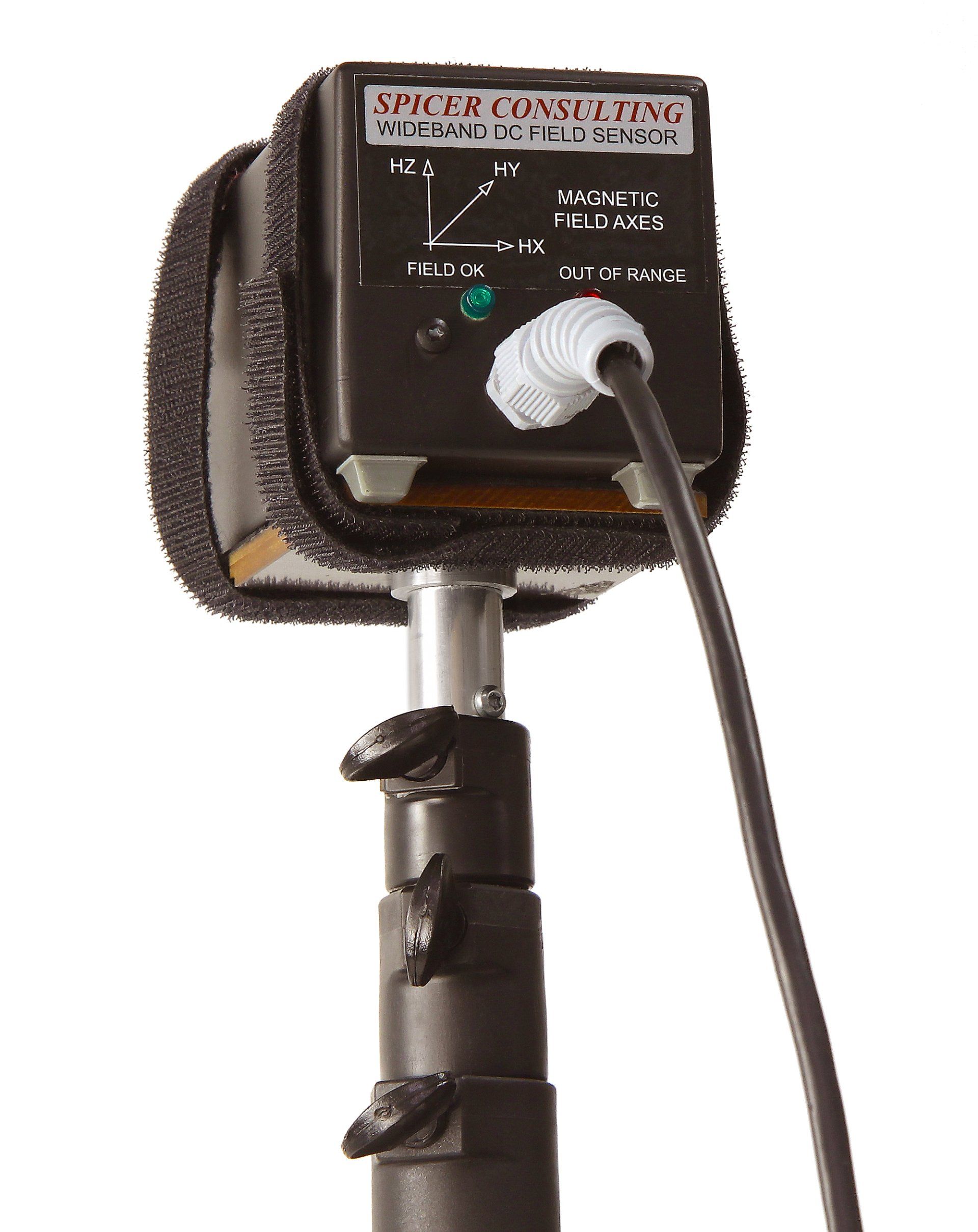Blog Post
Optimising Performance of Your Electron Microscope
Oct 05, 2021

New technologies are continually being developed, leading laboratories to introduce more machinery and electronic equipment into their workflows and making space within these labs more precious than ever. A busy indoor setting, combined with the growth of noisy and bustling cities outside, causes significant disruption to electron microscopy due to interference from vibrations and external magnetic fields. Therefore, electron microscopy relies heavily on maintaining a stable environment, so areas should be surveyed meticulously before set-up to ensure that the image quality produced will be unaffected by these external factors.
What causes interference?
The performance of an electron microscope is affected not only by interference within the room in which it is positioned, but also by the location of the building itself. There are several possible sources of interference, but the most commonly encountered problems will arise as a result of vibrations through the floor or the air – acoustic vibrations – or from magnetic fields.
Vibrations can come from any apparatus that has the ability to move or rattle – whether intentionally or not – including other machinery, doors opening and closing, air flow from an open window, the engine of a vehicle or laboratory personnel simply moving around. Similarly, magnetic fields can arise from multiple sources, both within the building and externally. The major source of this kind of interference is from power lines in the walls, with magnetic fields across the world normally occurring at two main frequencies – 50 and 60 hertz. Internal interferences also include magnetic fields generated by other equipment, lights (particularly fluorescent tubes) or nearby lifts. It is important to remember that external factors may also be involved, such as vehicles including trains and the electric trams that are growing in popularity in many urban areas. Magnetic fields generated from these can extend for hundreds of metres, unknowingly affecting electron microscope image quality, unless a site survey is conducted to uncover any problems and take suitable preventative measures.
Variations in temperature can also interfere with the instrument’s imaging capabilities by causing specimen drift in the microscope electronics and changes in the mechanical tolerances of components.
For more information on how Spicer can help you optimise your EM, contact us to find out here.
About Spicer Consulting Limited
Since it was established in 1988, Spicer Consulting has built a world-wide reputation in magnetic field cancelling for Electron Microscopes and similar instruments. Today, working with equipment manufacturers and users alike, the company is recognised as an industry expert in maximising the performance of electron microscopes, electron beam lithography systems, CD metrology and focused ion beam tools.
Spicer Consulting magnetic field cancelling systems protect sensitive equipment in the world's leading laboratories, universities and semiconductor manufacturing plants, as well as in the test facilities of electron and ion beam equipment manufacturers. Its magnetic field, vibration and acoustic analysis systems have been adopted as standard equipment for the conduct of site surveys by leading equipment manufacturers. Spicer Consulting is located in Stewartby, Bedfordshire, within the United Kingdom’s Golden Triangle of elite universities in London, Cambridge and Oxford.
Spicer Consulting Limited, Eden Laboratory, Broadmead Road, Stewartby, Bedfordshire MK43 9ND, England
TEL:+44(0)1234 765773
Email: enq@spicerconsulting.com
© 2023 Spicer Consulting Limited.
All rights reserved. Privacy Notice.
Subscribe to our product information and email newsletter
Contact Us
Thank you for contacting us.
We will get back to you as soon as possible.
We will get back to you as soon as possible.
Oops, there was an error sending your message.
Please try again later.
Please try again later.

